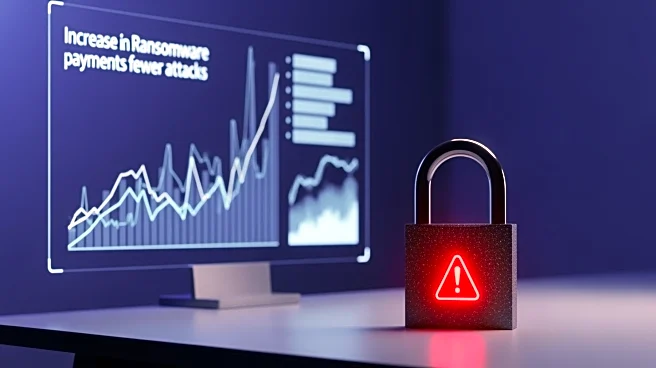What's Happening?
Chrome Enterprise is implementing a zero trust security model to protect users and organizations from sophisticated cyber threats. This approach involves continuous authentication, ensuring that users, devices, and locations are verified before granting
access. Chrome Enterprise Premium offers features like URL risk evaluation, extension risk protection, and data loss prevention controls directly within the browser. These measures aim to counteract modern attacks, such as QR code phishing and living off the land tactics, which exploit legitimate browser features.
Why It's Important?
As browsers become critical tools for accessing SaaS and web-based applications, they also become prime targets for cyber attacks. Chrome Enterprise's focus on browser security addresses this vulnerability, providing organizations with the tools to protect sensitive data and prevent unauthorized access. The zero trust model enhances security by continuously verifying user credentials, reducing the risk of data breaches. This approach is crucial for maintaining trust in digital services and ensuring the integrity of online transactions.
What's Next?
Organizations may increasingly adopt browser-based security solutions to safeguard their digital assets. Chrome Enterprise's zero trust model could set a precedent for other browser providers, encouraging them to enhance security features and protect users from emerging threats. As cyber attacks become more sophisticated, the demand for advanced security measures will likely grow, prompting further innovation in browser security technologies.
Beyond the Headlines
The shift towards browser-based security reflects broader trends in cybersecurity, emphasizing the need for comprehensive protection across all digital platforms. By integrating security measures directly into the browser, organizations can streamline their security operations and reduce reliance on traditional endpoint security tools. This approach highlights the importance of adapting to evolving cyber threats and implementing proactive security strategies.













